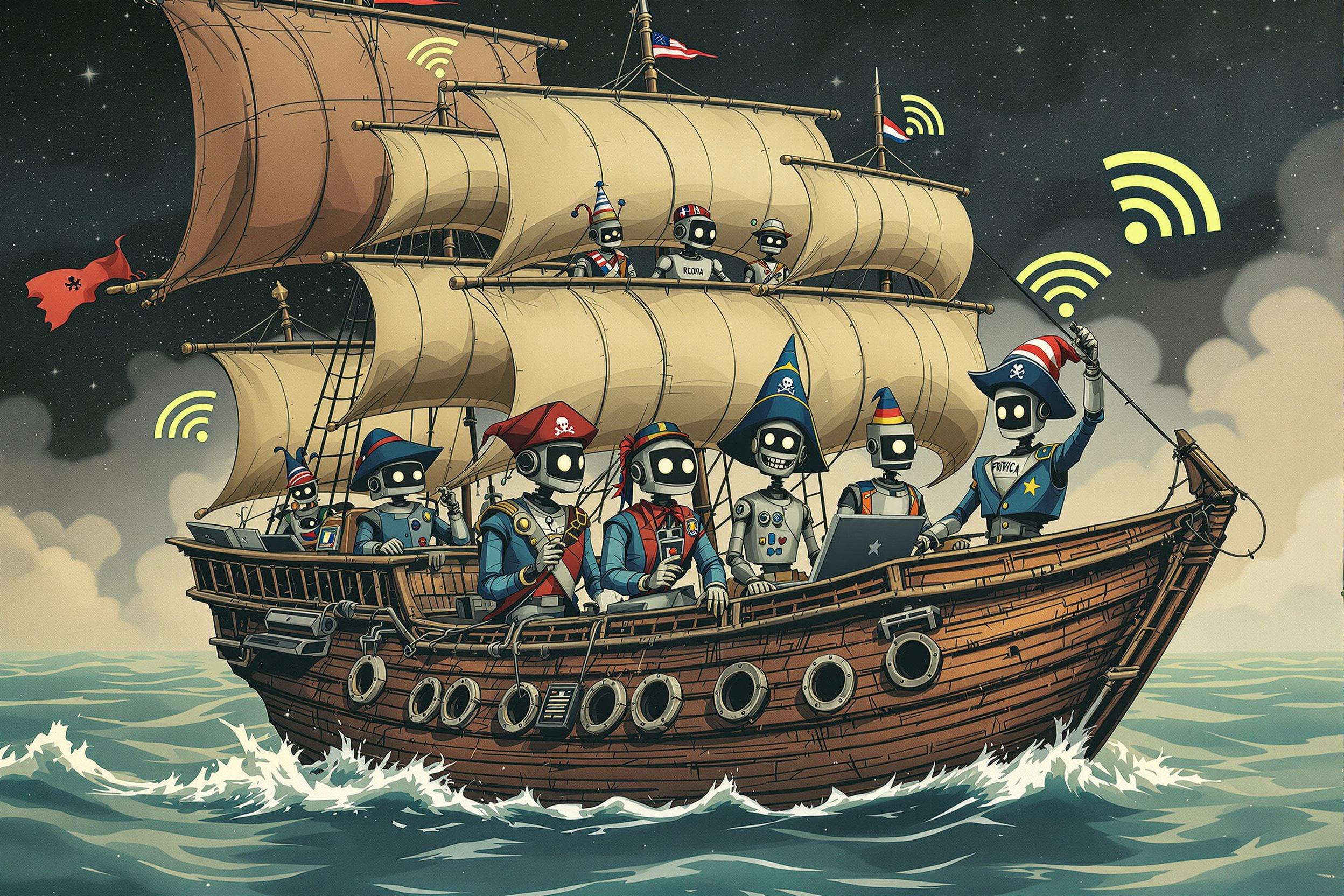
Camera Tracking
Camera Tracking (also known as match moving or motion tracking) is a technique used in video production and visual effects where software follows the movement of a real camera to create matching virtual movement. This allows artists to add computer-generated elements that look like they were naturally filmed with the original footage. Think of it like placing a digital sticker on a moving video that stays perfectly aligned even as the camera moves around. This skill is essential for adding special effects, 3D elements, or text that appears to exist in the real world of the video.
Examples in Resumes
Utilized Camera Tracking to seamlessly integrate 3D elements into live-action footage
Created complex visual effects using Match Moving techniques for television commercials
Implemented Motion Tracking solutions for challenging video sequences in marketing campaigns
Typical job title: "Camera Tracking Artists"
Also try searching for:
Where to Find Camera Tracking Artists
Online Communities
Job Boards
Professional Networks
Example Interview Questions
Senior Level Questions
Q: How would you handle a tracking shot with reflective surfaces and motion blur?
Expected Answer: A senior artist should explain their problem-solving approach, mentioning techniques like manual tracking, combining multiple tracking methods, and ways to work around challenging surface conditions. They should also discuss how they would manage the project timeline and guide junior artists.
Q: Can you describe a particularly challenging tracking project you solved?
Expected Answer: Look for answers that demonstrate leadership, problem-solving, and ability to meet deadlines while maintaining quality. They should explain their process in non-technical terms and highlight how they overcame obstacles.
Mid Level Questions
Q: What is your process for ensuring tracked elements look realistic in the final shot?
Expected Answer: Should explain their quality control process, like checking that virtual elements match the lighting and movement of the real footage, and how they work with other team members to achieve the best result.
Q: How do you handle tracking in shots where the camera movement is shaky?
Expected Answer: Should describe different approaches to stabilizing footage and maintaining accurate tracking, showing understanding of both technical and artistic considerations.
Junior Level Questions
Q: What software tools have you used for camera tracking?
Expected Answer: Should be familiar with common tracking software like SynthEyes, PFTrack, or After Effects' built-in tracker, and able to explain basic tracking workflow.
Q: What are the basic requirements for getting a good camera track?
Expected Answer: Should mention the importance of good footage quality, tracking markers if possible, and understanding of basic principles like proper feature points and solving for camera movement.
Experience Level Indicators
Junior (0-2 years)
- Basic camera tracking for simple shots
- Understanding of 2D tracking principles
- Familiar with standard tracking software
- Basic knowledge of 3D space and camera movement
Mid (2-4 years)
- Complex tracking shots handling
- Problem-solving tracking difficulties
- Integration with 3D elements
- Quality control and shot refinement
Senior (4+ years)
- Managing difficult tracking scenarios
- Team leadership and project oversight
- Advanced problem-solving techniques
- Pipeline development and optimization
Red Flags to Watch For
- No showreel or portfolio of tracking work
- Lack of knowledge about basic 3D concepts
- No experience with industry-standard tracking software
- Unable to explain their problem-solving process
Related Terms
Need more hiring wisdom? Check these out...

A Beginner's Guide to Implementing an Applicant Tracking System

Virtual Reality in Certification Exams: How VR is Transforming Specialized Training

Automated Scorecards in ATS Systems: Your Secret Weapon for Smarter Hiring Decisions

